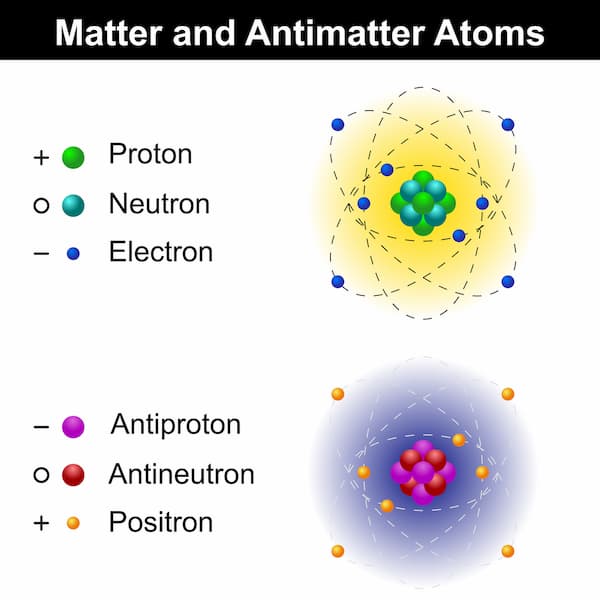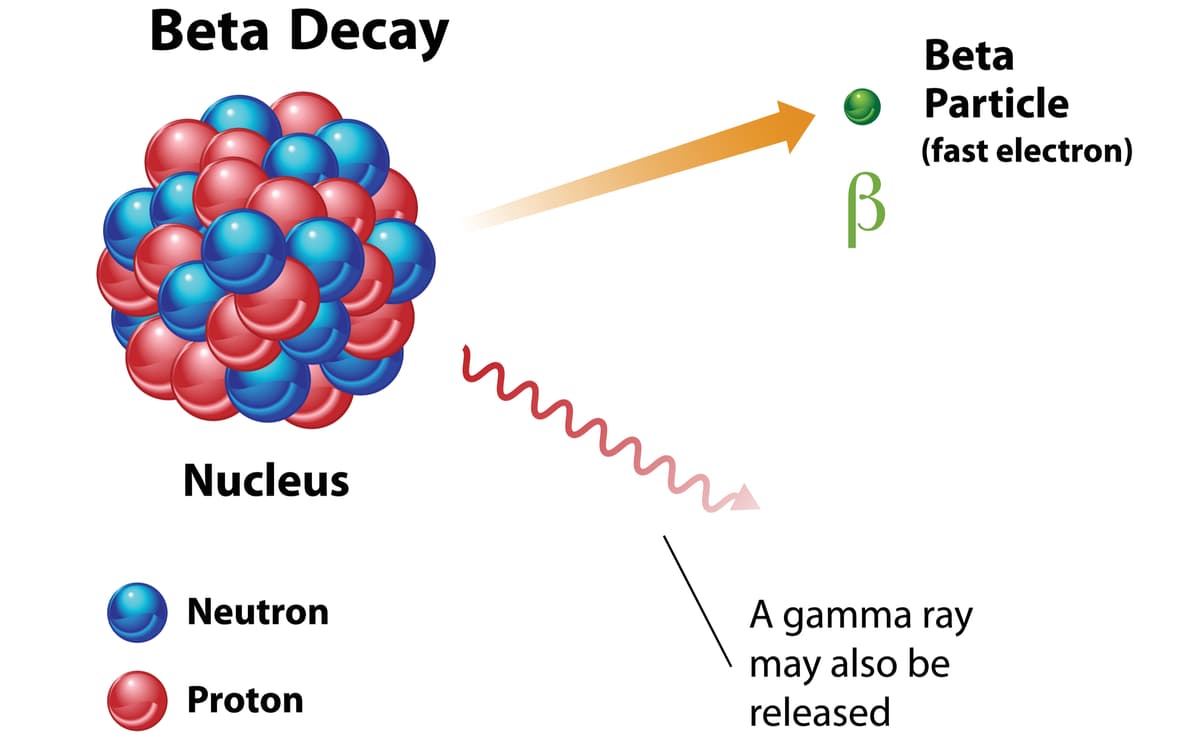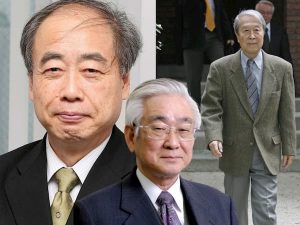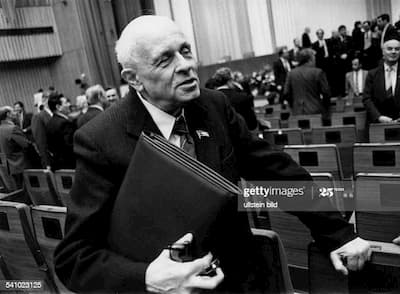Understanding Antimatter

The elementary units of matter are the proton, with a positive electric charge; the electron, with a negative electric charge; and the neutron, without electrical charge. The anti-matter elemental units are; the antiproton (negatively charged) and the anti-electron, called a positron, with a positive charge. The proton is in the nucleus of the atom of matter, and the anti-proton in the nucleus of the atom of antimatter. The electron is the particle that orbits the nucleus of matter, and the positron is the one that orbits the nucleus of anti-matter.
The anti-electron is as stable as the electron. It is identical to the electron in all fundamental properties (mass, spin), except for its electric charge. The time of its existence could be indefinite. But, when the anti-electron meets an electron, the time of existence of both drops to one-millionth of a second. For a brief moment, the electron and anti-electron begin to revolve around a common center of force. After a ten-millionth of a second, there is a mutual neutralization, and both disappear without leaving any trace of matter. In return, energy has been generated in the form of photon or gamma radiation. The antiproton and the proton have a life similar to the electron-antielectron pair. In a fraction of a second, the anti-proton disappears when it is annihilated with a proton and also transformed into photons or gamma rays.
The electrical charge of a neutron remains a mystery. Physicists suspect that it contains equivalent positive and negative charges that result in zero charges. However, for some unknown reason, when the particle rotates, a magnetic field is created. The anti-neutron is a neutron whose rotational motion has been reversed.
Is it possible to produce anti-matter?

Producing anti-particles is relatively “easier” than producing anti-atoms. Usually occurring in nature, it is a type of radioactive decay called “beta decay.” Anti-particles are also produced when high-energy cosmic rays reach the atmosphere and interact with it to produce cascades of particles and antiparticles. Creating anti-atoms is very difficult, and it is much more difficult to store them. Generating more complex structures is currently impossible, and at the moment, we do not know of any way to do it in the future.
At the Technical University of Munich, a team of Japanese researchers reported the creation of an atom made up of matter and antimatter called antiprotonic helium. This atom consisted of two protons, two neutrons, an electron, and an antiproton. The atom survived 15 millionths of a second.
Why is anti-matter so difficult to store?
Theories of the origin of anti-matter
Yoichiro Nambu, Makoto Kobayashi, and Toshihide Maskawa

The investigations of three Japanese scientists confirmed the theory that for every 10 billion particles of matter that arose in the Big Bang, 10 billion minus one particle of anti-matter were produced. This difference of 1 to 10 billion caused the balance to tip in favor of the cosmos instead of nothing. If this had not been the case, had there been an equal number of particles at the time of the Big Bang, everything would have been reduced to a gigantic production of gamma rays and photons.
Andrei Sakharov

The second hypothesis was suggested in 1967 by the Russian physicist Andrei Sakharov. It postulates that particles and antiparticles do not have the same symmetric properties. Recent experiments at the KEK accelerator in Japan suggest that this may be true and that this very small excess of the matter was not necessary for the Big Bang because simply the physical laws that govern the universe favor the survival of matter.
Deep places
A third hypothesis states that there may be regions of the universe composed of anti-matter. To date, there is no way to distinguish between these forms of matter over long distances. NASA sent a probe into space to look for anti-matter traces, which could indicate that antimatter still exists in the universe. However, so far, the experiments have not detected anything.
